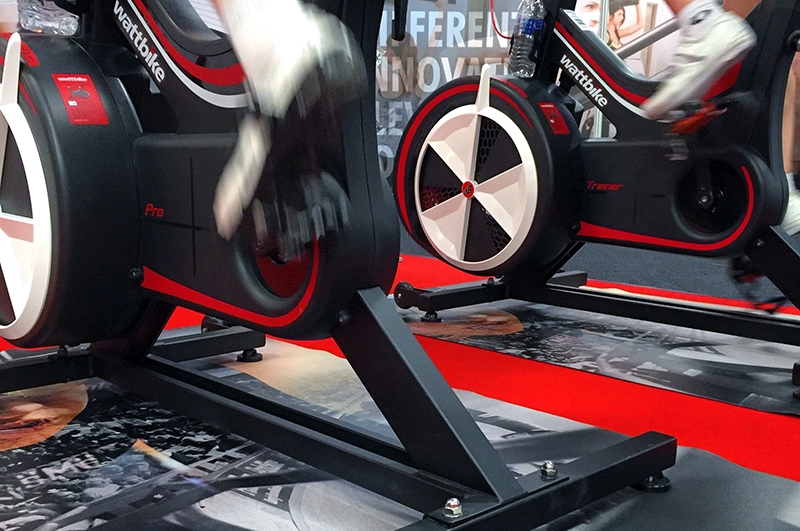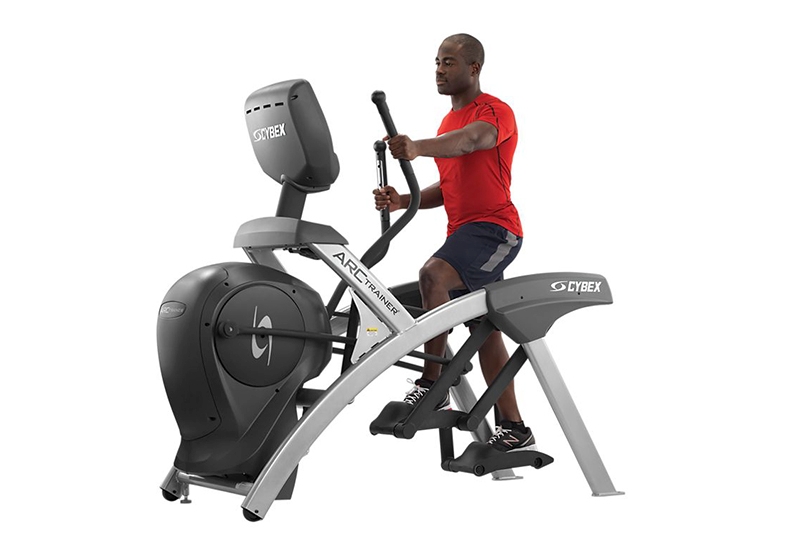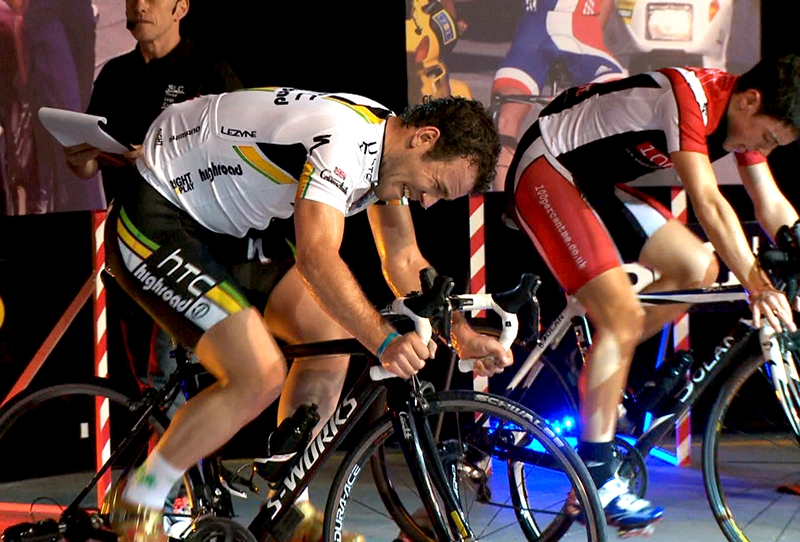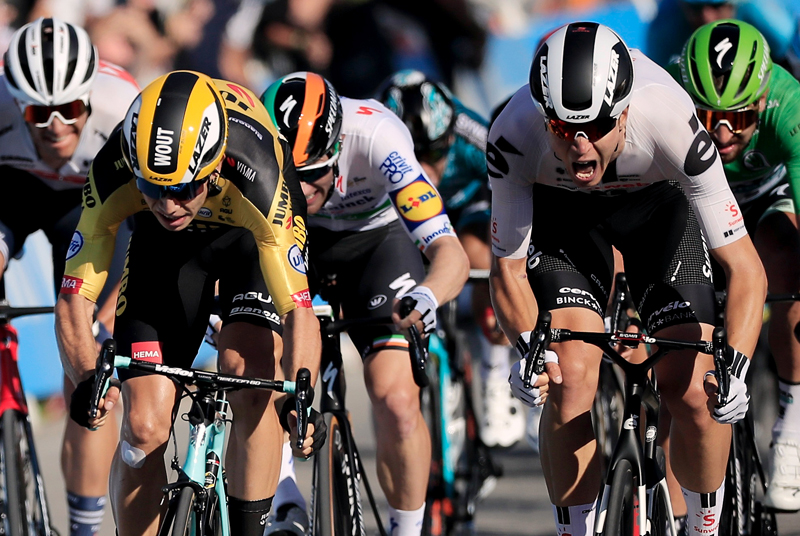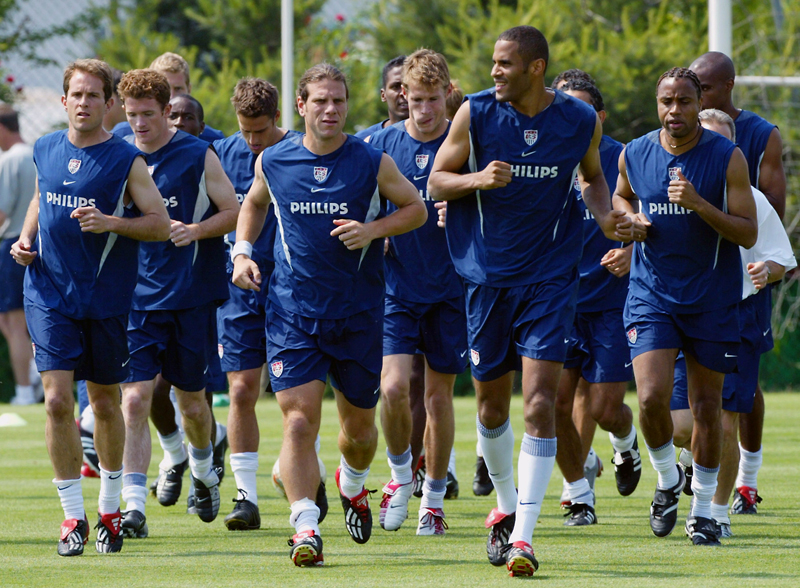You are viewing 1 of your 1 free articles. For unlimited access take a risk-free trial
Cycle turbo training: does it yield turbo performance?

Sometimes turbo training/stationary bike training is the only option. But does it deliver the same kinds of benefits as riding on the road using a real bike? We look at some key research on this topic
In the northern hemisphere at least, the longer days and lighter evening means that it’s much easier to slot in a decent bike session than during the winter months. But it’s not always possible, and given that southern hemisphere readers are about to enter their winter period, a question worth considering is how indoor training on a turbo trainer stacks up against outdoors riding in terms of training efficiency?There’s no doubt that stationary bike (or turbo) training is far better for cycling fitness than vegging out on the sofa and skipping sessions entirely. However, a common concern among many cyclists is that the slightly different patterns of muscle recruitment and technique that occur on a turbo trainer or stationary bike mean that the fitness gains don’t translate effectively into ‘real’ cycling. Or to put it more bluntly – you can’t get ‘road fit’ on an indoor trainer! But is this really true?
What does the science say?
In a key study by British scientists from the University of Aberystwyth, researchers tried to answer this very question(1). They investigated the differences in cycling efficiency, muscle activity and pedal forces while cycling on a stationary turbo trainer compared with a ‘proper bike’ ridden on a treadmill. To do this, 19 cyclists rode six sessions; a session each at 150 watts, 200 watts and 250 watts on a stationary turbo trainer and then sessions at the same intensities while riding a road bike on a treadmill. Cycling efficiency – in other words how efficiently the cyclists were able to convert chemical energy in their muscles into power on the bike - was measured by analysing the inhaled and exhaled air from the cyclists during each session. Also, the patterns of muscle activity were determined using a technique called ‘surface electromyography’ and the forces that the cyclists applied to the pedal were recorded with instrumented pedals. The researchers then looked to see how these differed between stationary turbo cycling and cycling on a treadmill using their own bikes.Muscle usage
The first thing the scientists noted was that compared to stationary turbo cycling, treadmill (‘real’) cycling induced a larger muscular contributions from the gastrocnemius of the calf (increased by 14%), the biceps femoris (the main hamstring muscle – increased by 19%) and gluteus maximus (the major buttock muscle - increase of 10%). Conversely, compared with treadmill cycling, turbo trainer cycling induced larger muscular contributions from the vastus lateralis and rectus femoris (quadriceps muscle in the frontal thigh) and tibialis anterior (shin muscle) – the gains here were 7%, 17% and 14% respectively. The second finding however was that despite these alterations in muscle activity, when it came to cycling efficiency, there was no significant difference in treadmill or turbo trainer cycling; the efficiency on the treadmill was measured at 18.8% while that on the turbo trainer was measured at 18.5%.Implications for cyclists
Anyone who has had to keep fit on a turbo trainer and not ridden outdoors for a length of time will know that when they do get on their ‘outdoors’ bike, it feels a bit ‘different’. And this study helps to explain why because it shows that the pattern of muscle firing and % of effort is slightly different on a turbo trainer compared to normal bike riding. This is no doubt due to the ‘specificity of training’ principle – ie that the more closely your training duplicates the activity you’re training for, the more effective it will be. The good news however is that these muscle recruitment differences were not so large as to render turbo training ineffective; far from it because the efficiencies between the two training modes were nearly identical. In short, while riding your outdoors bike is always going to be best option in terms of training specificity, using a turbo trainer for fitness training when it’s dark outside, the roads are blanketed by snow and ice, or you’ve simply got too many work/family commitments is definitely worthwhile!Reference
- Int J Sports Med. 2013 Jun;34(6):520-5
Newsletter Sign Up
Testimonials
Dr. Alexandra Fandetti-Robin, Back & Body Chiropractic
Elspeth Cowell MSCh DpodM SRCh HCPC reg
William Hunter, Nuffield Health
Newsletter Sign Up
Coaches Testimonials
Dr. Alexandra Fandetti-Robin, Back & Body Chiropractic
Elspeth Cowell MSCh DpodM SRCh HCPC reg
William Hunter, Nuffield Health
Keep up with latest sports science research and apply it to maximize performance
Today you have the chance to join a group of athletes, and sports coaches/trainers who all have something special in common...
They use the latest research to improve performance for themselves and their clients - both athletes and sports teams - with help from global specialists in the fields of sports science, sports medicine and sports psychology.
They do this by reading Sports Performance Bulletin, an easy-to-digest but serious-minded journal dedicated to high performance sports. SPB offers a wealth of information and insight into the latest research, in an easily-accessible and understood format, along with a wealth of practical recommendations.
*includes 3 coaching manuals
Get Inspired
All the latest techniques and approaches
Sports Performance Bulletin helps dedicated endurance athletes improve their performance. Sense-checking the latest sports science research, and sourcing evidence and case studies to support findings, Sports Performance Bulletin turns proven insights into easily digestible practical advice. Supporting athletes, coaches and professionals who wish to ensure their guidance and programmes are kept right up to date and based on credible science.
